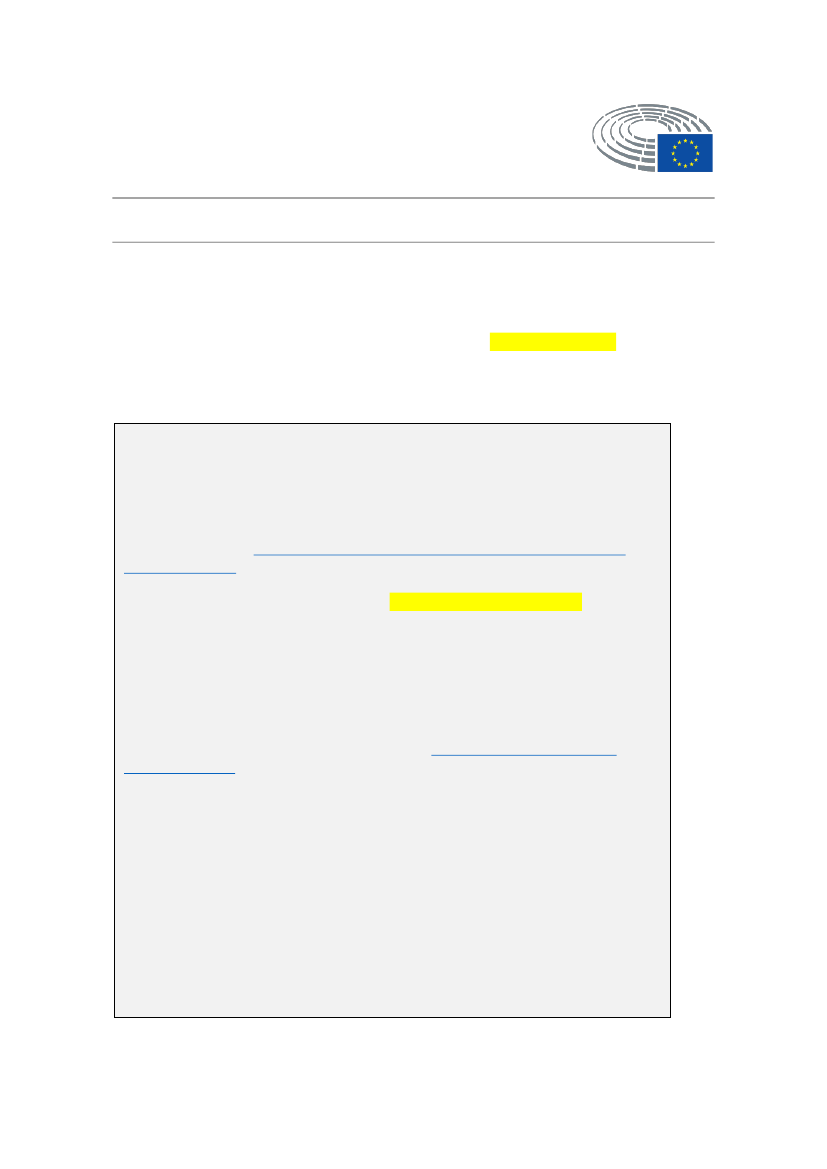
European Parliament
2019-2024
TEXTS ADOPTED
P9_TA(2024)0049
Geothermal energy
European Parliament resolution of 18 January 2024 on geothermal energy
(2023/2111(INI))
Med danske kommentarer angående brug af overfladenær geotermisk energi,
termonet og distribuerede geotermiske varmepumper
Kommentarer er udarbejdet af journalist Bjørn Kasssøe Andersen (Termonet
Danmark) med bistand fra geolog ph.d. Søren Erbs Poulsen (docent, Via University
College) og cand. merc. Søren Skjold Andersen (Termonet Danmark, direktør i
GeoDrilling og tidl.
Management Commitee member af COST-arbejdsgruppen
Geothermal DHC).
De kommenterede dele af resolutionen er fremhævet med gul markering.
Kommentarer er indsat i grå bokse i tilknytning til de fremhævede dele af
resolutionsteksten.
Resolutionen vedrører ”geothermal energy”, hvilket i Danmark benævnes både som
geotermi og jordvarme. I kommentarerne følges den international sprogbrug, hvor
geotermi udgøre et samlebegreb, der underopdeles i kategorier.
Resolutionens ordlyd afspejler den forudgående
Report on geothermal energy
(2023/2111(INI))
udarbejdet af Parlamentets Committee on Industry, Research and
Energy.
Rapportør var polakken Zdzisław Krasnodębski. Tre danske MEP var
skyggerapporterer: Pernille Weiss (K); Niels Fuglsang (S) og Morten Helveg
Petersen (R).
I rapportens ”explanatory statement” gives blandt andet følgende sammenfattende
beskrivelse af den aktuelle situation I EU: ” The development of geothermal energy
is hindered largely by limited knowledge about existing technologies and their
potential, particularly for shallow geothermal, among policy makers, local
authorities, economic actors and the general public. Other challenges are of
financial, legal and technical nature.”